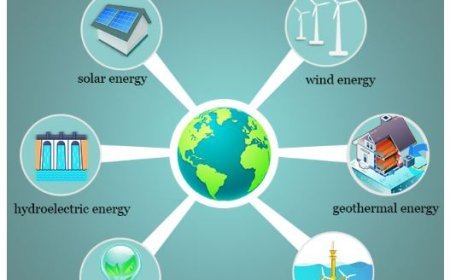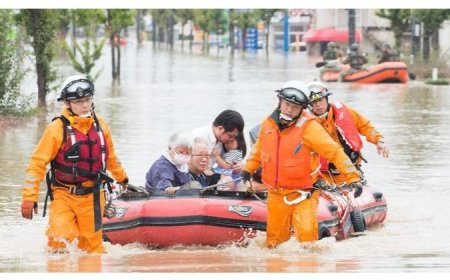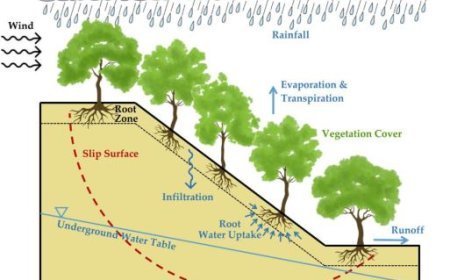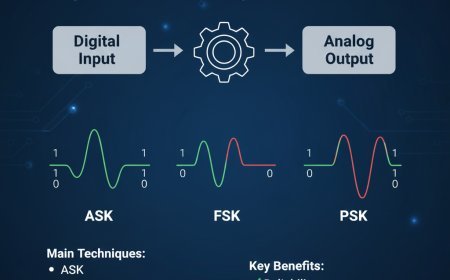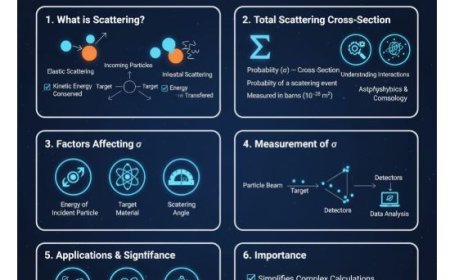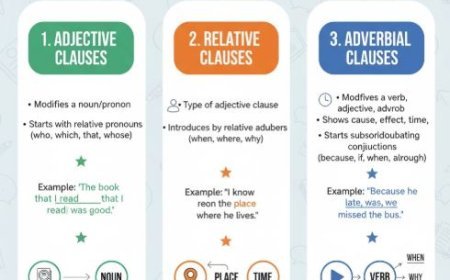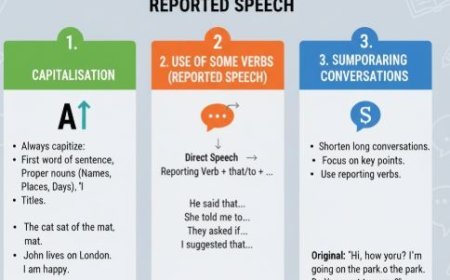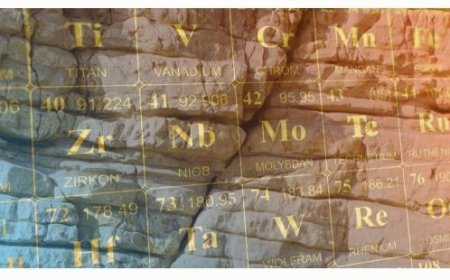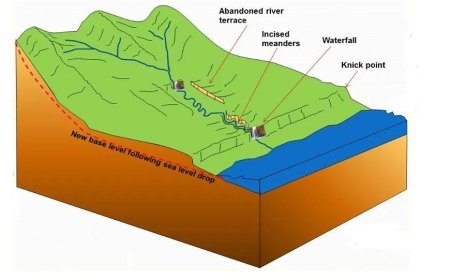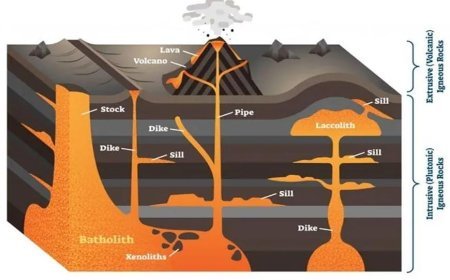CURRENT
Explore currents that shape continents - convection, mantle plumes.
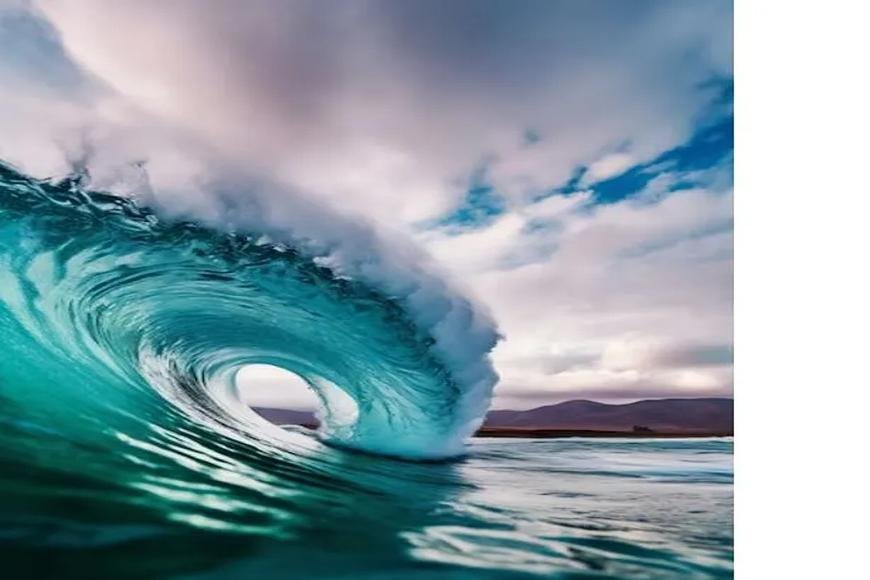
Tides and currents
- Tides and currents have little direct impact on the coastline when they come into contact with it.
- Tides primarily affect maritime erosion by extending an erosion line into an erosion zone, which corresponds to the area between the low and high water levels.
- Currents assist in moving eroded debris and depositing it as silt, sand, and gravel along the coasts.
Marine erosion agents impact the coastal landscape in the following ways:
Corrosion
- Corrosion is a type of mechanical deterioration.
- Rock-debris-laden waves slam against cliff sides, gradually eroding them.
- Currents and tides complete the task by washing the eroded debris into the sea.
Attrition
- Attrition happens when waves collide with loose pieces of rock debris, such as boulders, pebbles, shingles, and fine sand.
- As a result of attrition, these materials are broken down into finer, smaller, and rounder particles, which is primarily responsible for the fine sand that makes up the beaches.
- Waves slamming against the rocks have the potential to penetrate into the joints and cracks.
- The trapped air within is immediately squashed.
- As the waves retreat, the compressed air expands with explosive force, the cracks enlarge, and rock pieces are dragged away as a result of the recurrent action.
Hydraulic Action
- Hydraulic action is the mechanical weathering that happens when water travels on a rock surface.
- It is the capacity of moving water (flowing or waves) to dislodge and move rock particles.
- Other forms of water-facilitated erosion are static erosion, in which water leaches salts and floats off organic material from unconsolidated sediments, and chemical erosion, also known as chemical weathering.
- It is a mechanical process in which rushing water in a river pushes against its banks and bed, removing rock particles.
Solvent Action
- This is a word used to describe the chemical erosion of rocks.
- This process only affects limestone beaches.
- The solvent influence of seawater on calcium carbonate on limestone coastlines induces chemical changes in the rocks, culminating in disintegration.
What's Your Reaction?









